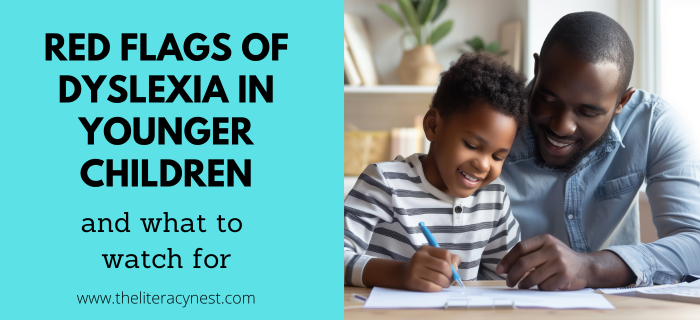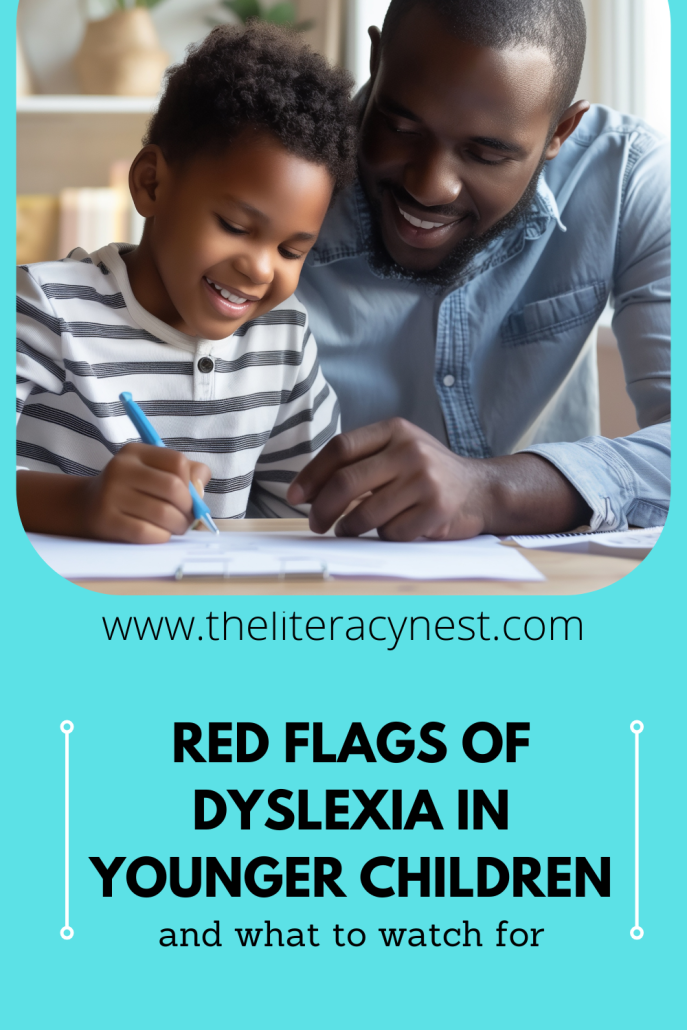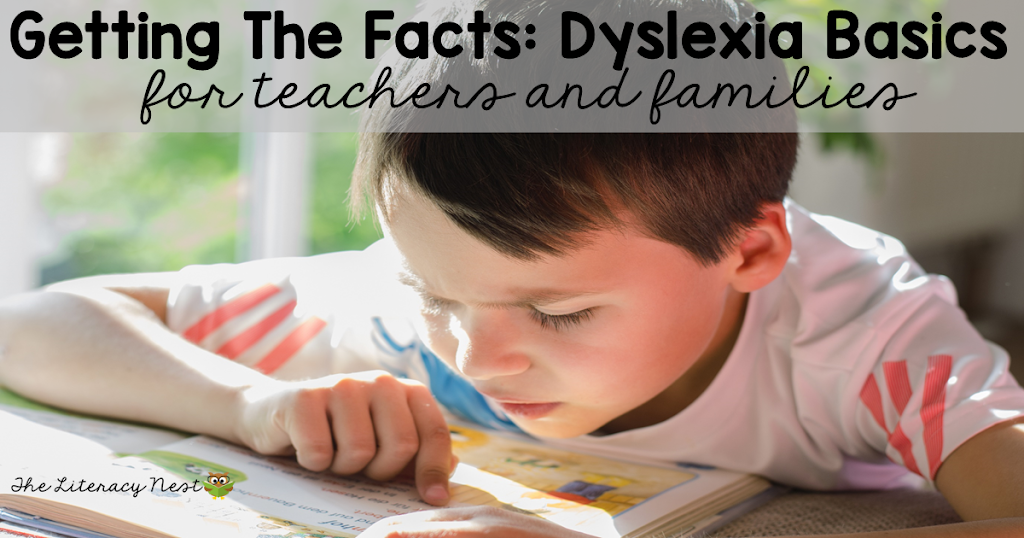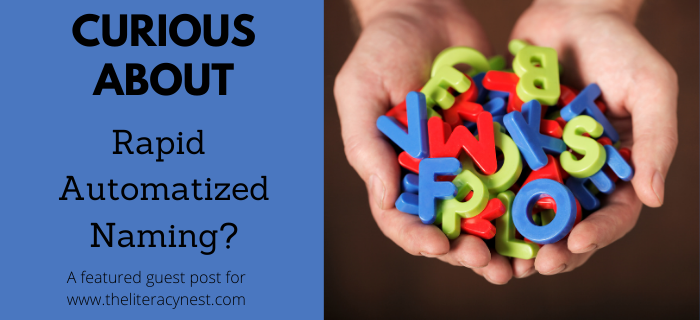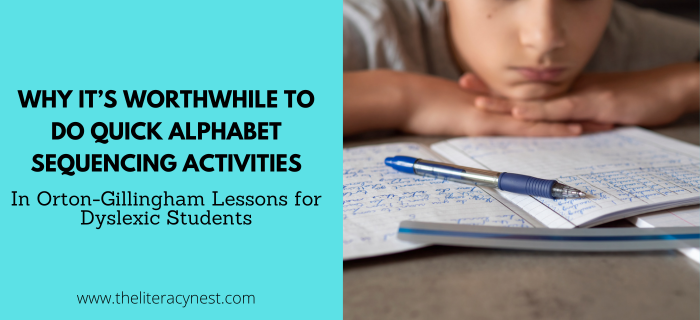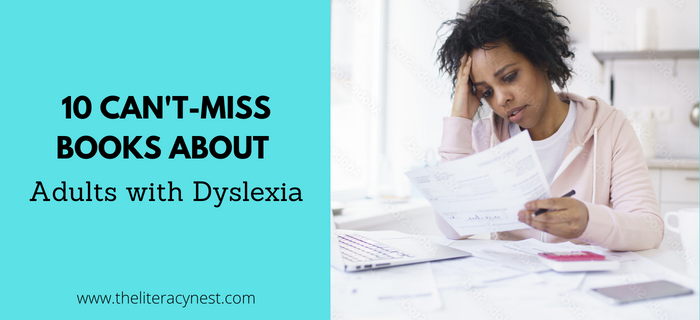Red Flags of Dyslexia in Younger Children
When it comes to reading, early intervention can change everything. The earlier we identify signs of dyslexia, the sooner we can provide the support children need to thrive. However, we must know what the red flags of dyslexia look like, especially in our youngest learners. Dyslexia is a language-based learning difference that affects reading, spelling, and writing. It’s not caused by lack of effort, poor teaching, or intelligence. In fact, many children with dyslexia are bright, curious, and creative. However, they may experience unique struggles with the foundational skills that support literacy development.
If you’re a parent or teacher concerned about a child’s reading progress, understanding the red flags of dyslexia is a powerful first step.
Clues in Preschool and Kindergarten
Before children even begin formal reading instruction, certain developmental patterns can offer early insight. A preschooler who had delayed speech, struggles to learn nursery rhymes, or has trouble recognizing their own name may be showing early indicators of a reading difficulty.
These children often have trouble remembering letter names or singing the alphabet song. They might mispronounce or reverse sounds in words. For example, saying “aminal” instead of “animal,”. Rhyming and wordplay can also be tough for them. Additionally, fine motor delays may make tasks like drawing, coloring, or writing feel frustrating.
If there’s a family history of reading challenges, it’s wise to keep a closer watch. For teachers, this is a great time to share your observations with families and recommend early screening or literacy support.
If you’d like some ready-to-use materials to build awareness in your classroom, check out these Free Dyslexia Awareness Month resources. They’re perfect for educators looking to educate, advocate, and support struggling readers in October or all year long.
Reading Difficulties in Early Elementary Grades
Once formal instruction begins in kindergarten or first grade, dyslexia may become more apparent. Children might struggle to connect letters with their sounds, find it difficult to blend sounds into words, or frequently confuse letters like b and d or m and n.
You might notice a reluctance to read aloud, slow and effortful reading, or frequent guessing based on pictures or first letters. Spelling can be inconsistent or phonetically inaccurate. For instance, words like some might be spelled sum. Even common high-frequency words like said, the, and was may be forgotten from one day to the next.
While these students might be articulate and imaginative when speaking, their reading and writing skills don’t seem to match.
One wonderful way to inspire and motivate students who are struggling is by introducing them to role models who’ve succeeded because of (not in spite of) their dyslexia. My Famous People With Dyslexia Reading Passages offer short, stories about people like Albert Einstein and Agatha Christie. These passages not only build reading skills but also empower students to see dyslexia as a difference, not a deficit.
Behavior and Emotional Clues
Reading difficulties often come with emotional signals. A child who becomes upset or avoids reading time may already sense that something is different. They may express feelings of embarrassment or say things like, “I’m dumb,” even if they excel in other areas.
You might also notice signs of frustration during homework or oral reading activities. These children often have trouble following multi-step instructions or remembering sequences, such as the order of events in a story or days of the week.
While these challenges can sometimes be mistaken for attention issues, they’re often linked to the underlying language processing difficulties associated with dyslexia. For more on this connection, I highly recommend this Together in Literacy podcast episode where we dig into the emotional side of dyslexia and how educators can build confidence alongside skills.
What To Do If You See Red Flags of Dyslexia
If several of these signs feel familiar, you don’t need to “wait and see.” Begin by tracking specific examples and discussing your concerns with your child’s teacher or a reading specialist. You can request a screening or a full evaluation, either through your school district or a private professional.
Structured literacy instruction, particularly programs based on the Orton-Gillingham approach—can make a huge difference. These methods are explicit, sequential, and multisensory, helping children build the phonological and decoding skills they need to become confident readers.
If you’re looking for deeper support, join BRFL Academy—it’s just $1 for your first 30 days! Inside the Academy, you’ll find step-by-step training, printable resources, and ongoing support designed to help teachers and parents bring structured literacy to life. You can also check out directly here if you’re ready to dive in.
You’re Not Alone
Seeing your child struggle with reading can be heartbreaking, but identifying dyslexia early is one of the most empowering steps you can take. Recognizing the red flags of dyslexia allow students to get help early on, academically and emotionally.
Remember, dyslexia isn’t about effort or intelligence. Honestly, it’s simply a different way of learning to read. And with the right support, that difference can become a strength.
If you’d like to keep learning, I recommend reading this helpful article from The Literacy Nest—it’s a compassionate, practical resource for parents wondering what to do next. You can also explore my favorite professional reads, including this book on supporting struggling readers for even more insights and strategies.

